Mission
I want to help individuals, businesses and organizations thrive by supporting them to create long-term solutions for a sustainable future.
Therefore, I support the development of teams and individuals and accompany them on their journey towards an alignment with the natural boundaries and meaningful work for society.

Methods
In all my work I am using a combination of different methods that I carefully select according to the client’s or project’s needs.
Here is just a short overview of the best known methodologies.
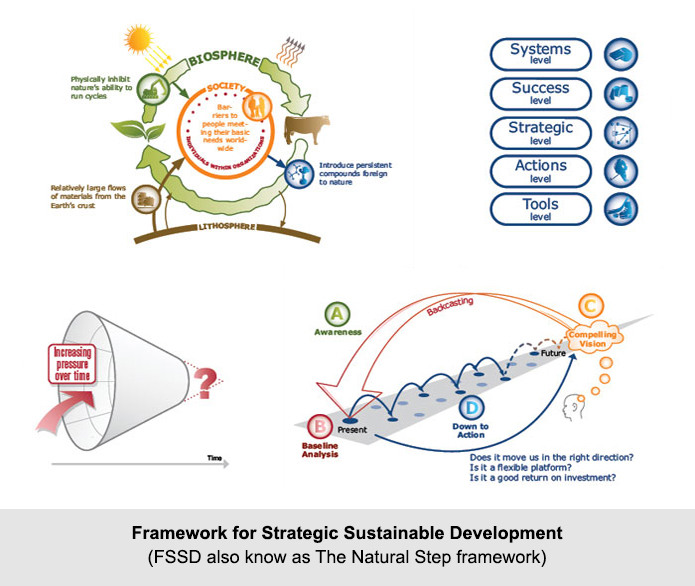
FSSD
The Framework for Strategic Sustainable Development includes (1) a scientific and principle-based definition of sustainability, (2), a lense to analyse a system, (3) a tool to describe the Earth's current state, and (4) an actionable 4-step approach to plan for sustainable organizational development.
Therefore, it is useful for analysis and planning alike. It does not distinguish between the social, environmental and economic system but recognizes them as interdependent.
The Framework has been developed by Swedish scientists and is taught at the Blekinge Institute of Technology.
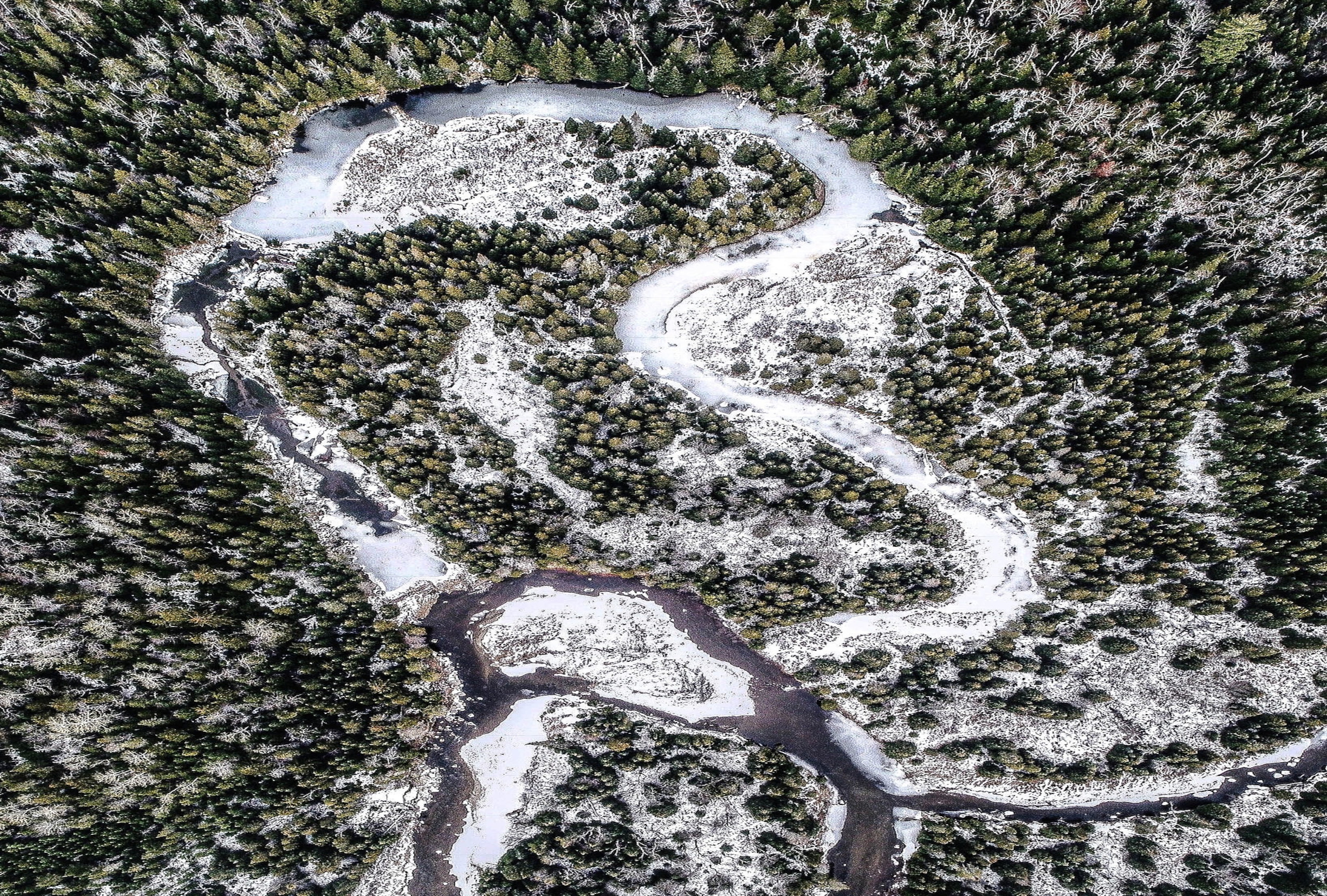
System Thinking
System Thinking is about understanding that the whole is more than its parts and acknowledging interconnectedness. With the tools used we try to understand feedback loops, plan with a precautionary principle and see patterns of change rather than static snapshots.
It is very useful for any kind of project and indespensible when working towards sustainable solutions.
System Thinking does not have one founder or dominant school of thought - however, it is the baseline of any sustainable development framework and necessary for the creation of long-term solutions.
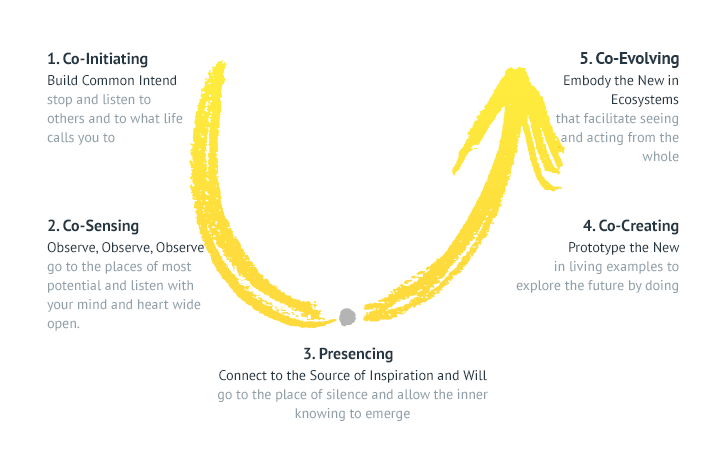
Theory U
The Theory U Methodology helps to make sense of the systemic and structural flaws of the current system and find profound solutions of transformation. Tools used in this methodology involve dialogues, interviews, journalling, shadowing and prototyping.
This method is used in system innovation, coaching, leadership development and transformation processes.
This method was developed and is taught by Otto Scharmer and his team at the MIT and Presencing Institute.
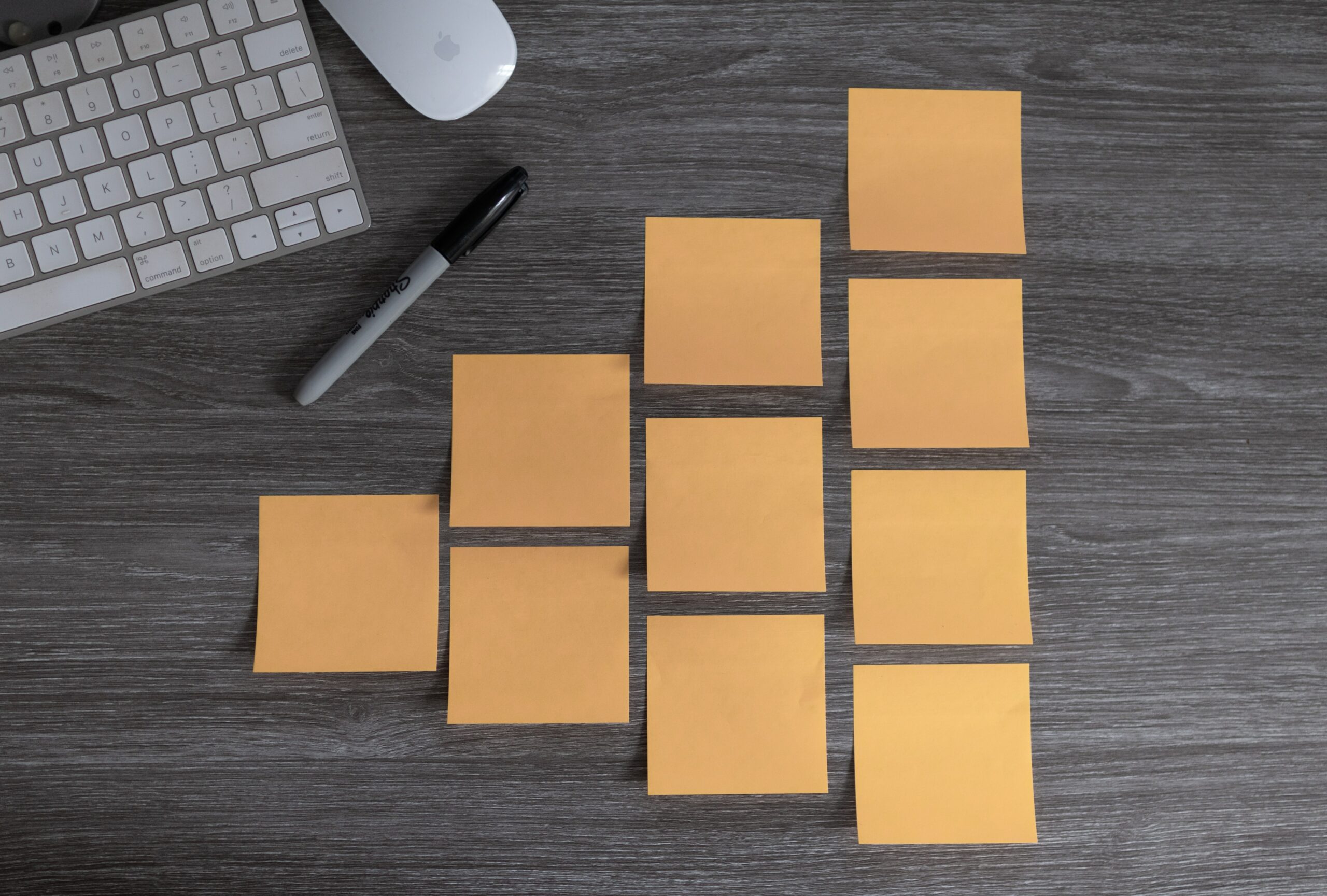
Agile Management
In times of uncertainty and complexity it is important to be able to adapt flexibly to changing circumstances. Agile methods help teams to interact with their environment in a more dialogic way.
Agile tools should be applied in projects where the outcome and the goal are not fixed and room for exploration for new solutions is needed.
I don't think that agile approaches are more valid than traditional (linear) planning processes. I strongly believe that both appraoches have their value in different moments of a project. So what I focus on is to foster a conscious mindset more than preaching about magic methods.
For me this process goes in line with New Work attitudes and exploring new forms of organizing, such as Sociocracy, Holacracy, etc.
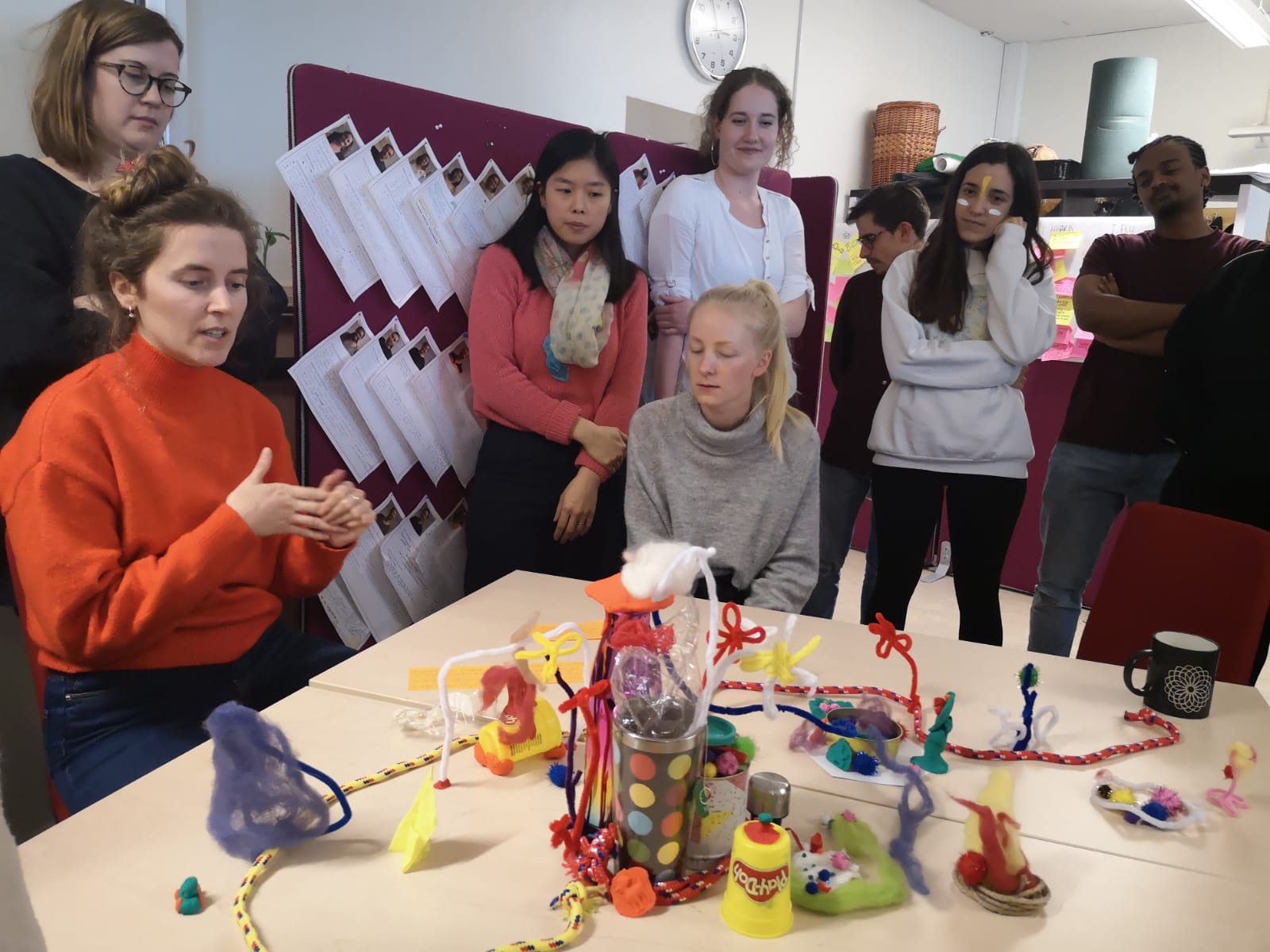
Human-centred design
Any solution created should be well-tested and evaluated by its users, ususally humans.
Through this method you question current solutions and iterate or emphasize on the exploration and understanding of specific (societal) needs and challenges more in depth to create adequate and robust innovations. The technique is creative and strategic.
This method is equally applicable to a product, service or social innovation.
Human-centred design is most commonly known through the teachings of the Design Thinking Schools. It is also more narrowly known as user-centred design. I am currently exploring "circular design" approaches and "humanity-centred" design.

Open Sustainability
This methodology is basically under constant development. It is about making sustainable processes more accessible and inclusive by involving societal stakeholders in business development.
It is about being more collaborative in your strategic planning and innovation processes with externals, especially the wider society.
Besides strategic implementation, it also integrates innovation techniques and participatory processes.
Follow us on instagram to find out more and join the community.
